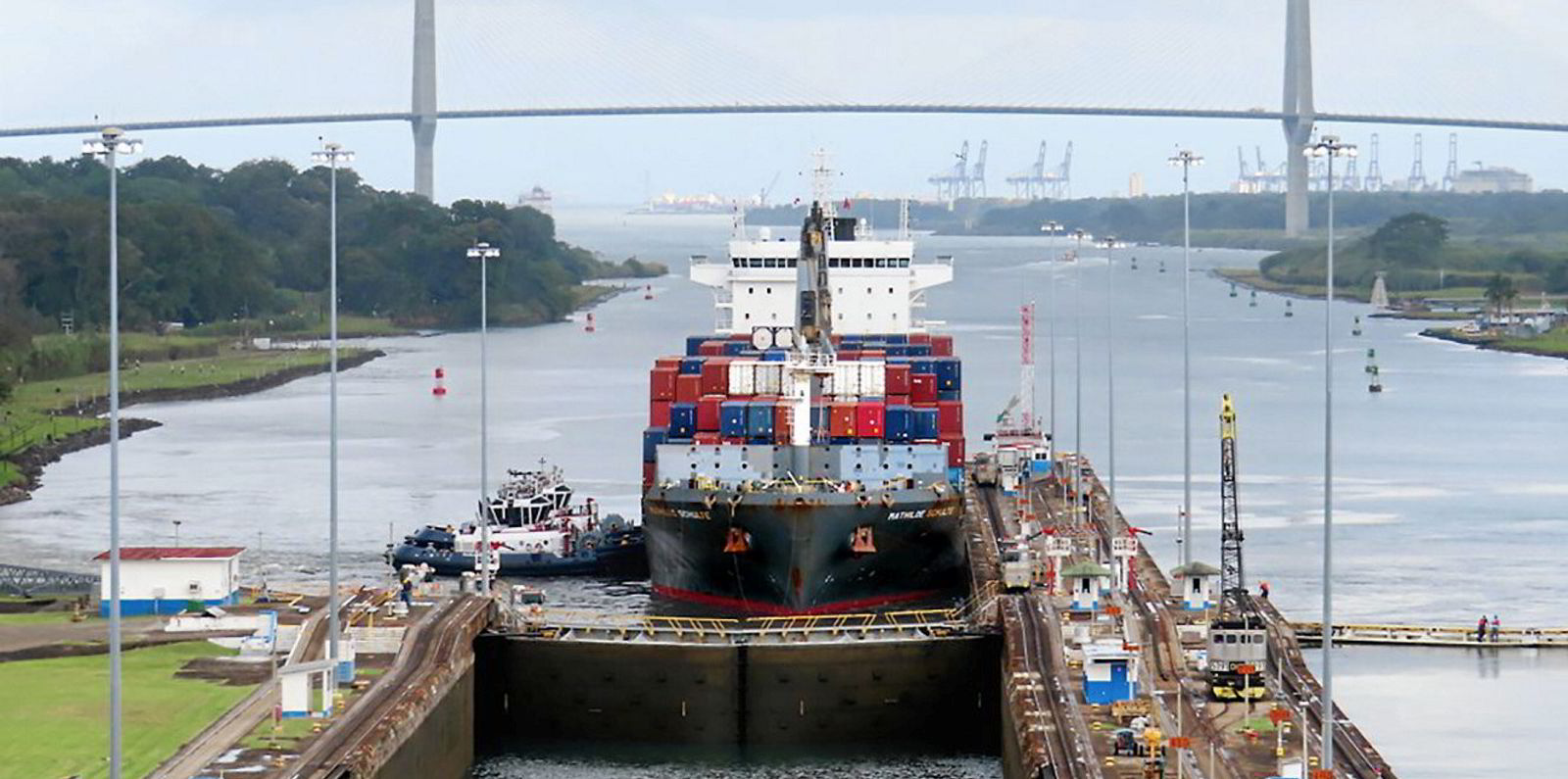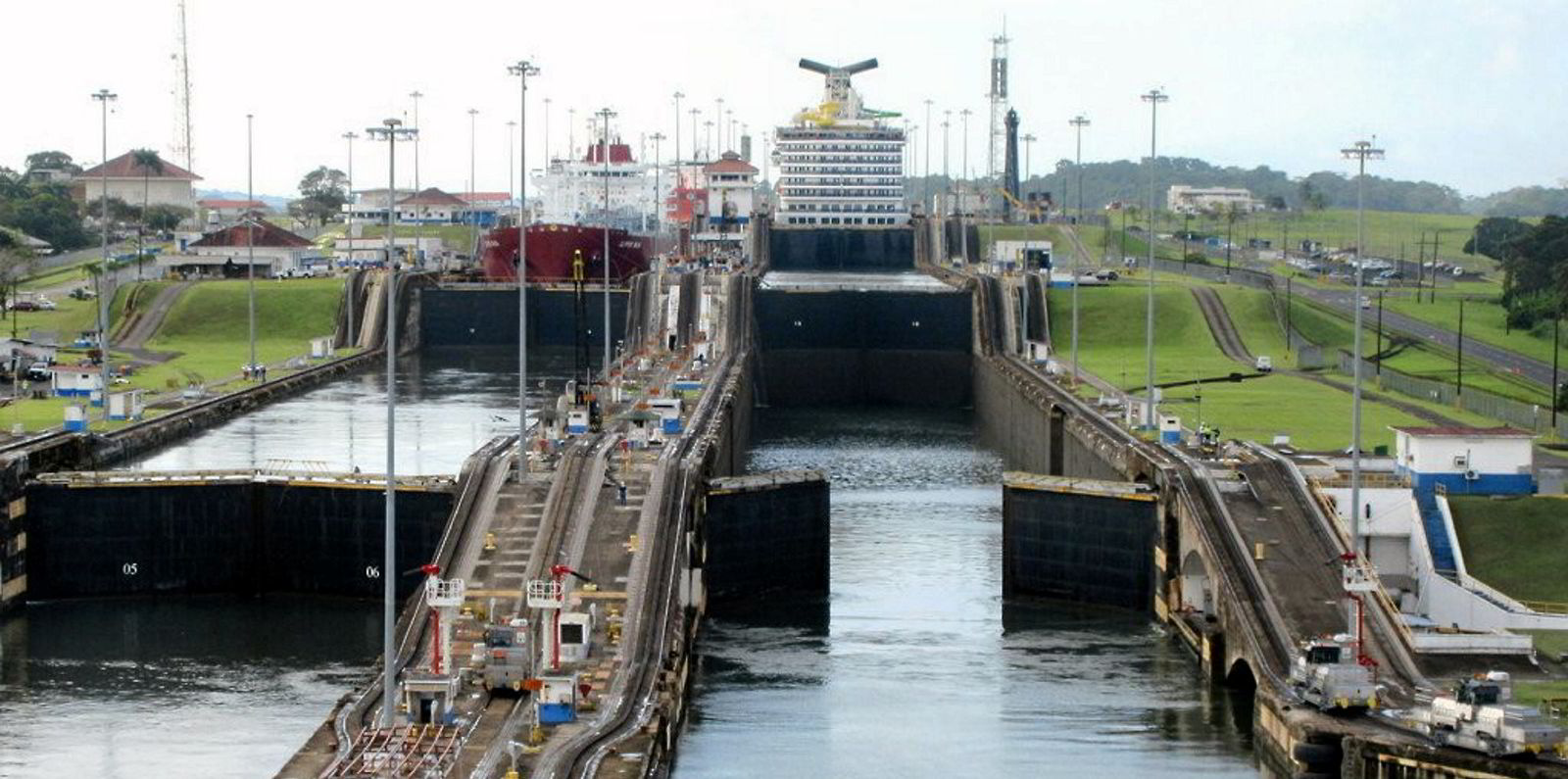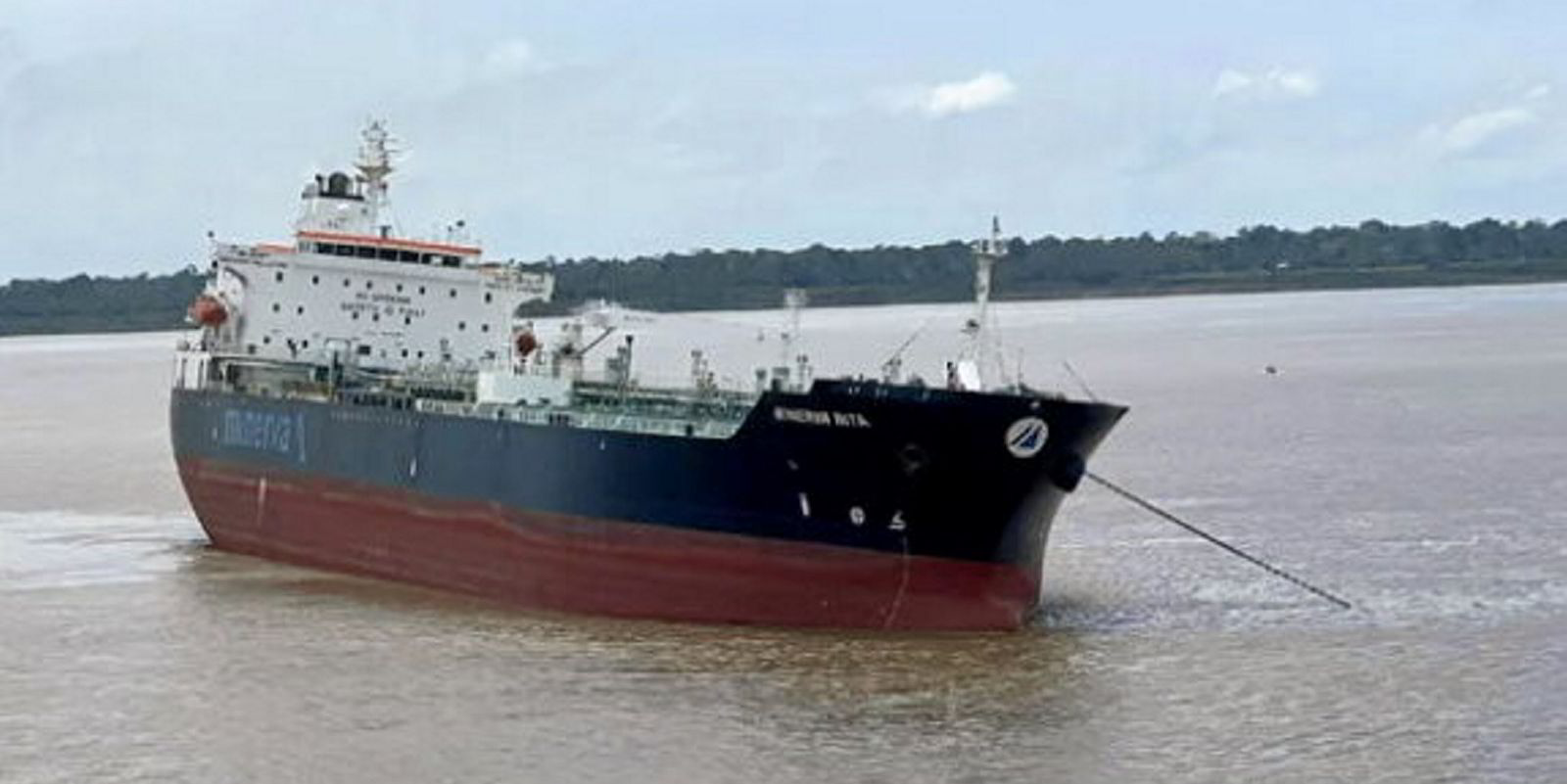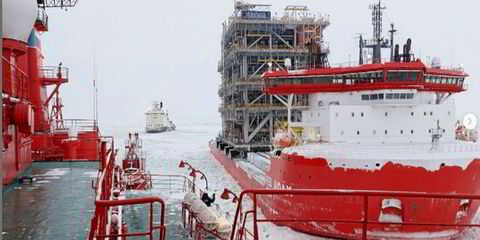The cost to cross the Panama Canal has skyrocketed, as some shipping players face uncertainty over how much they will have to pay to cross the artery choked by a water crisis, or when they will be able to secure a slot at all.
While the November record of nearly $4m for a crossing on the waterway has not been surpassed, the average price stands at $1.17m between 12 November and Tuesday, according to an analysis of data published by Leth Agencies.
When the figure is broken down by vessel sizes, huge price rises come into view.
For ships that can transit the larger neopanamax locks, the prices have surged to an average of nearly $1.81m. That is almost four times the average cost of auctioned slots in November and December of 2022, according to monthly reports by Leth.
Auctioned slots for smaller vessels have experienced steeper inflation.
Classic panamax vessels, which can use the canal’s century-old smaller locks, paid an average of $1.07m for each slot during the period, more than nine times the $114,000 average auction price in November of last year and nearly 12 times the average price of $91,500 in December 2022.
Smaller vessels below 27.7 metres across scored auction slots at an average price of more than $671,000 over the past month, which was nearly 35 times the price paid in November 2022 and about 19 times the price paid in December 2022.
The soaring prices come as the Panama Canal Authority grapples with a climate change-driven water crisis — caused by below-average rainfall in what was supposed to be the wet season — that has led it to reduce daily transits from the usual 36 per day to just 22 today.
Declining to 18
And with the rainy season now over, the number of transits is set to decline further, to 18 per day in February. The wet season does not start again until May.
The daily auctioned slots, which are for close-in bookings, are for only a portion of the Panama Canal’s transits, and shipping market experts told TradeWinds that the canal’s biggest users, primarily on the container shipping sector, have a leg up in competition for the slots reserved outside the auctions.
| Size | Last 30 days | December 2022 | November 2022 |
| Small | $671,019 | $35,538 | $19,133 |
| Panamax | $1,066,103 | $91,543 | $114,396 |
| Neopanamax | $1,816,732 | $480,792 | $467,003 |
Antonio Tigert, Panama operations manager at port agency WaterFront Maritime Services, said the criteria used to prioritise booking put companies at the top of a list of customers maintained by the canal authority in a position that makes it hard for others to garner a slot outside the auctions.
“If you are not one of the top 10 customers at the Panama Canal, then definitely it will be very difficult to attain a slot in booking competitions,” he told TradeWinds.
1. AP Moller-Maersk
2. MSC Mediterranean Shipping Company
3. CMA CGM
4. NYK Group
5. Trafigura
6. Zim
7. Mitsui OSK Lines
8. China Cosco Shipping
9. Evergreen Marine
10. Hapag-Lloyd
The top 10 of the list is made up mostly of container liner giants, including diversified NYK Group, China Cosco Shipping and Mitsui OSK Lines. Trader Trafigura is the lone company in the top 10 without a major container shipping presence.
The situation has made it particularly difficult for the dry bulk sector to obtain access to slots, with some arguing that the sector should not have to compete against tankers, for example.
At the end of November, the canal authority launched new rules that divided the auction slots into three groups based on sectors, creating auctions in which bulkers only had to compete against general cargo ships, with tankers and gas carriers making up another group. Container ships, reefers and car carriers were assigned to a third group.
“The team is exploring ways the canal can adapt to ensure all segments and shipping companies have options. For example, the canal announced a new rule … to make the special auctions more equitable and reflective of the market composition,” canal authority spokeswoman Makena Dingwell said in a statement.
But market sources told TradeWinds that last week, only one bid was made in an auction for tankers at the minimum bid price of just $55,000. The next day, tankers were allowed into the bulker group auction.

“The canal will continue to monitor this dynamic, and the team maintains an ongoing dialogue with customers,” Dingwell said.
John Wobensmith, chief executive of New York bulker owner Genco Shipping & Trading, said his company has participated in a few auctions on behalf of customers a few times for ships that were already in the queue when the canal authority stopped taking unbooked vessels and shifted to auctions for all close-in bookings.
But the high price is what is keeping the remainder away.
Genco’s ships carrying cargoes, for example, from the US Gulf Coast are taking the Strait of Magellan to the west coast of the Americas or are travelling via the Suez Canal to carry grain to Asia, which adds 14 or 15 days to the trip.
“Most dry bulk that would be going out of the US Gulf to the Far East at this point would go via Suez,” he said.
“It’s expensive,” he said of the auction cost relative to bulker day rates.
But he noted that the canal’s problems are adding to inefficiency in shipping markets that help support bulker rates.
In the meantime, there are far fewer ships waiting to cross the Panama Canal, as vessels take alternative routes.
The latest data from Leth shows a backlog of just 77 vessels, down from 120 at the start of the month.





